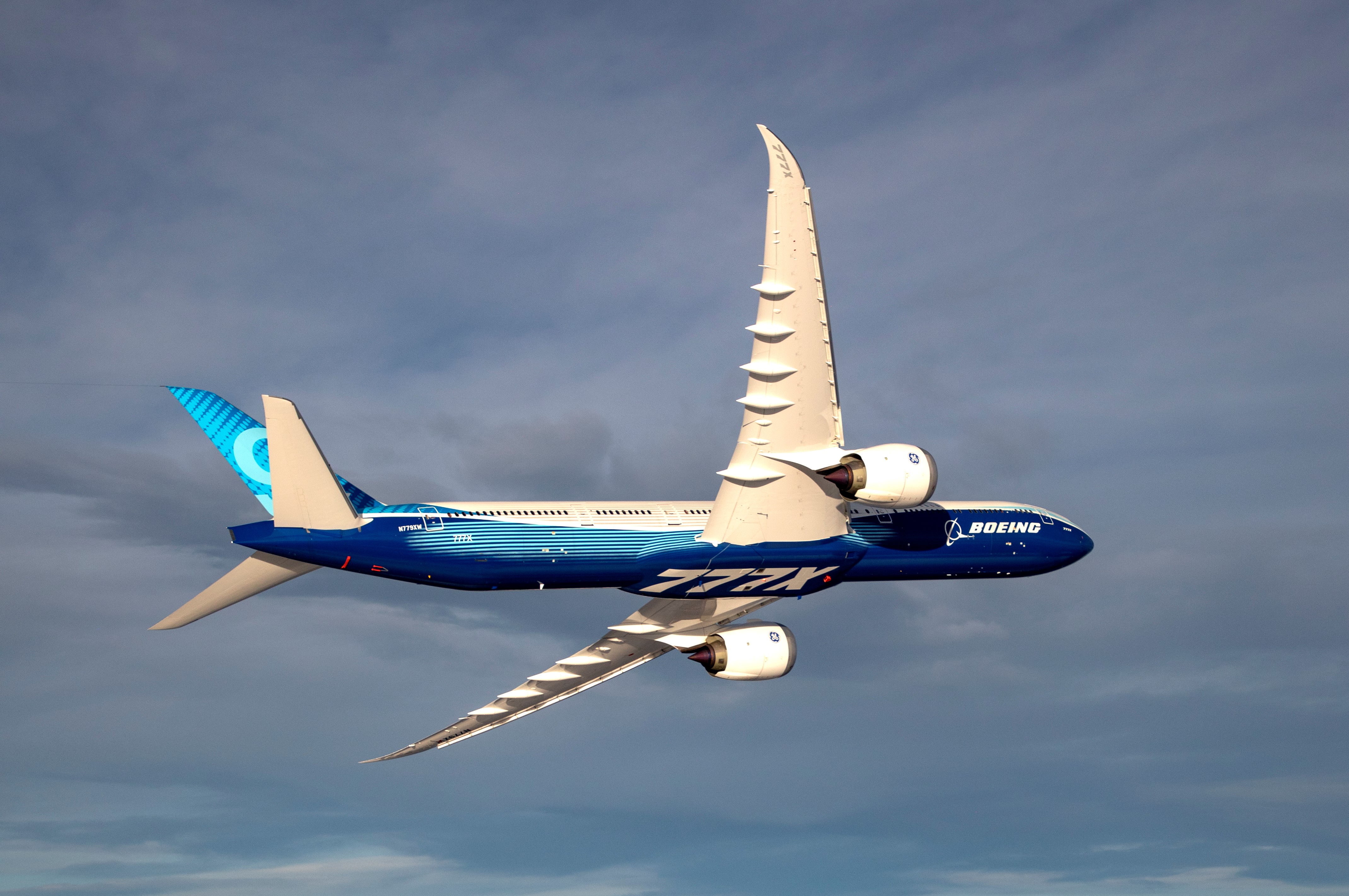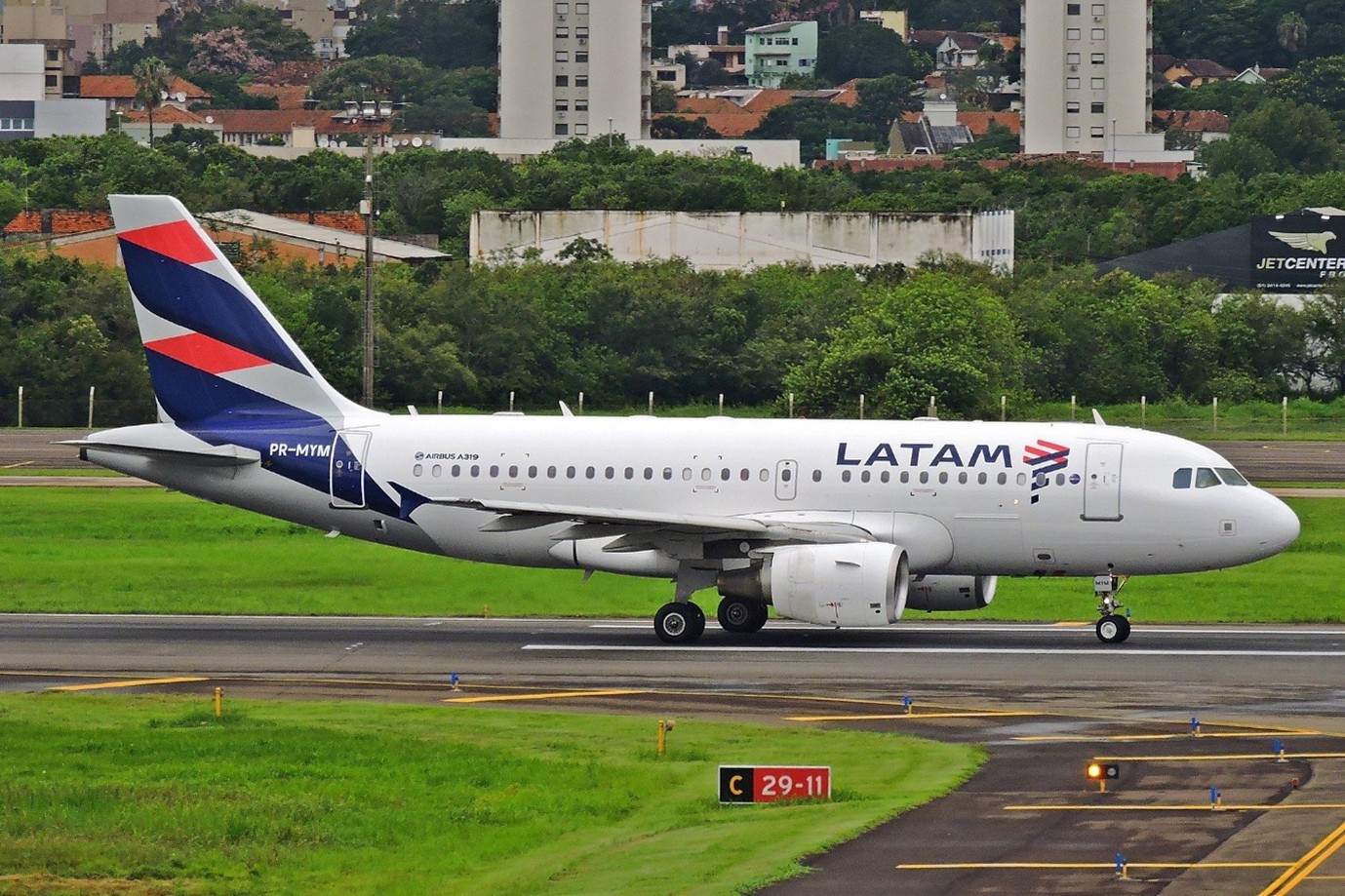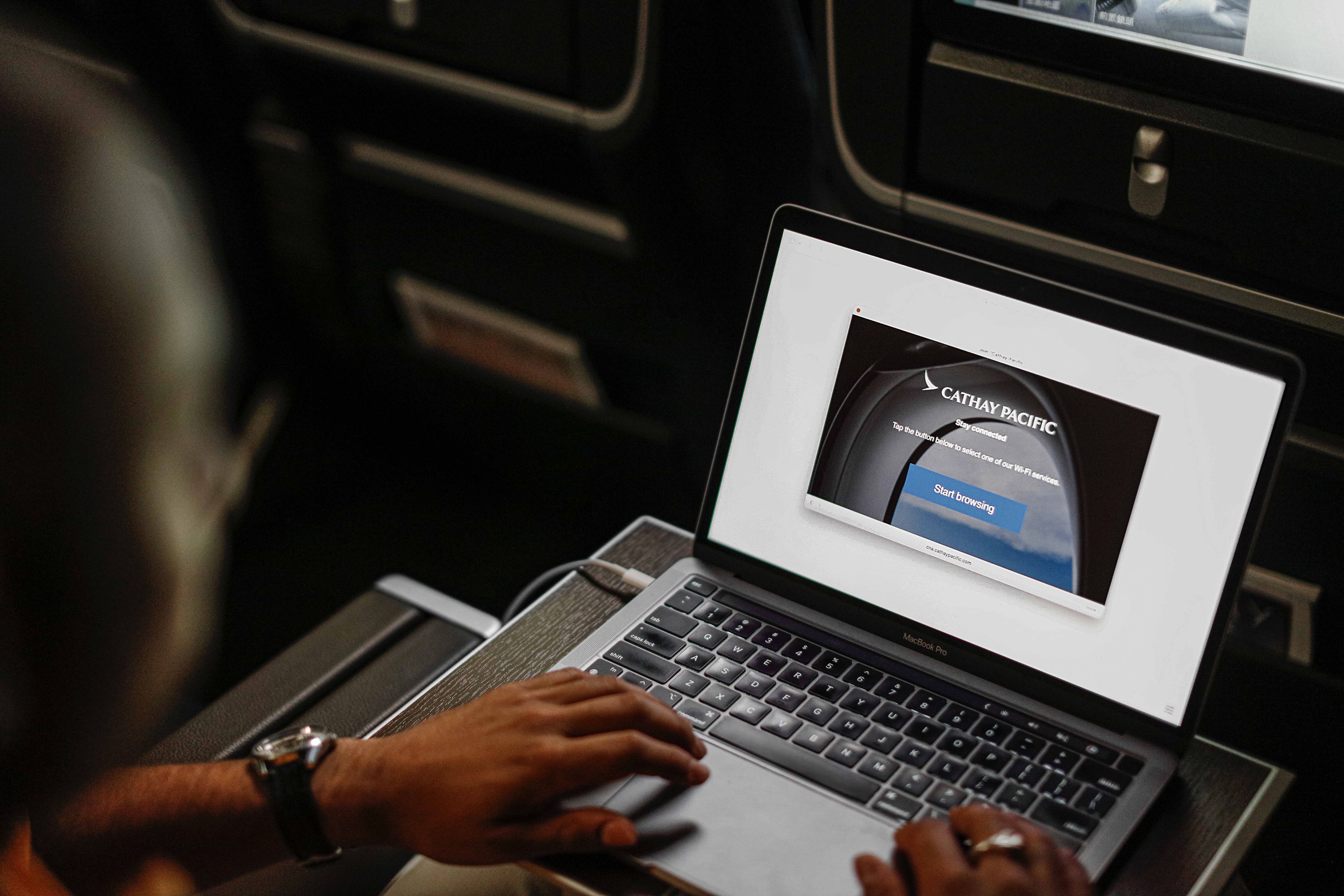Why Every Traveler Needs a VPN: How to Protect Your Data While Flying
09 April, 2025
7 min read
By joining our newsletter, you agree to our Privacy Policy


For modern travelers, staying connected while on the move is as essential as packing a passport or boarding pass. Whether you're hopping on a plane for business, vacation, or digital nomad adventures, chances are you’ll connect to inflight Wi-Fi, airport networks, or public hotspots along the way. These conveniences help you book hotels, check emails, or stream entertainment mid-flight—but they also come with serious risks to your data and privacy.
Public Wi-Fi, especially in airports and airplanes, is notoriously insecure. Without proper protection, your sensitive information—from banking details to passwords—can be intercepted by hackers and cybercriminals lurking on the same network. That’s where a Virtual Private Network (VPN) becomes an essential travel tool.
In this article, we’ll explore why every traveler should use a VPN while flying, how VPNs protect your data in transit, and how simple it is to secure your digital life on the go. We’ll also touch on a useful feature many travelers benefit from: learning how to change VPN location to access geo-restricted content or enhance privacy.
What Is a VPN and How Does It Work?
A Virtual Private Network (VPN) is a service that encrypts your internet connection and routes it through a remote server. This protects your online activity from prying eyes—be it cybercriminals, your internet service provider (ISP), or even government agencies. It masks your IP address, making it appear as though you’re browsing from another location.
This encrypted tunnel prevents outsiders from seeing what websites you visit, what data you send, or where you’re located. Whether you’re sending a confidential email or logging into your bank account mid-flight, a VPN ensures your information remains private.
A quality VPN allows users to choose from a list of server locations around the world. Knowing how to change VPN location is especially helpful while traveling, as it lets you bypass regional restrictions on content and websites, or maintain access to services from your home country even when you’re abroad.
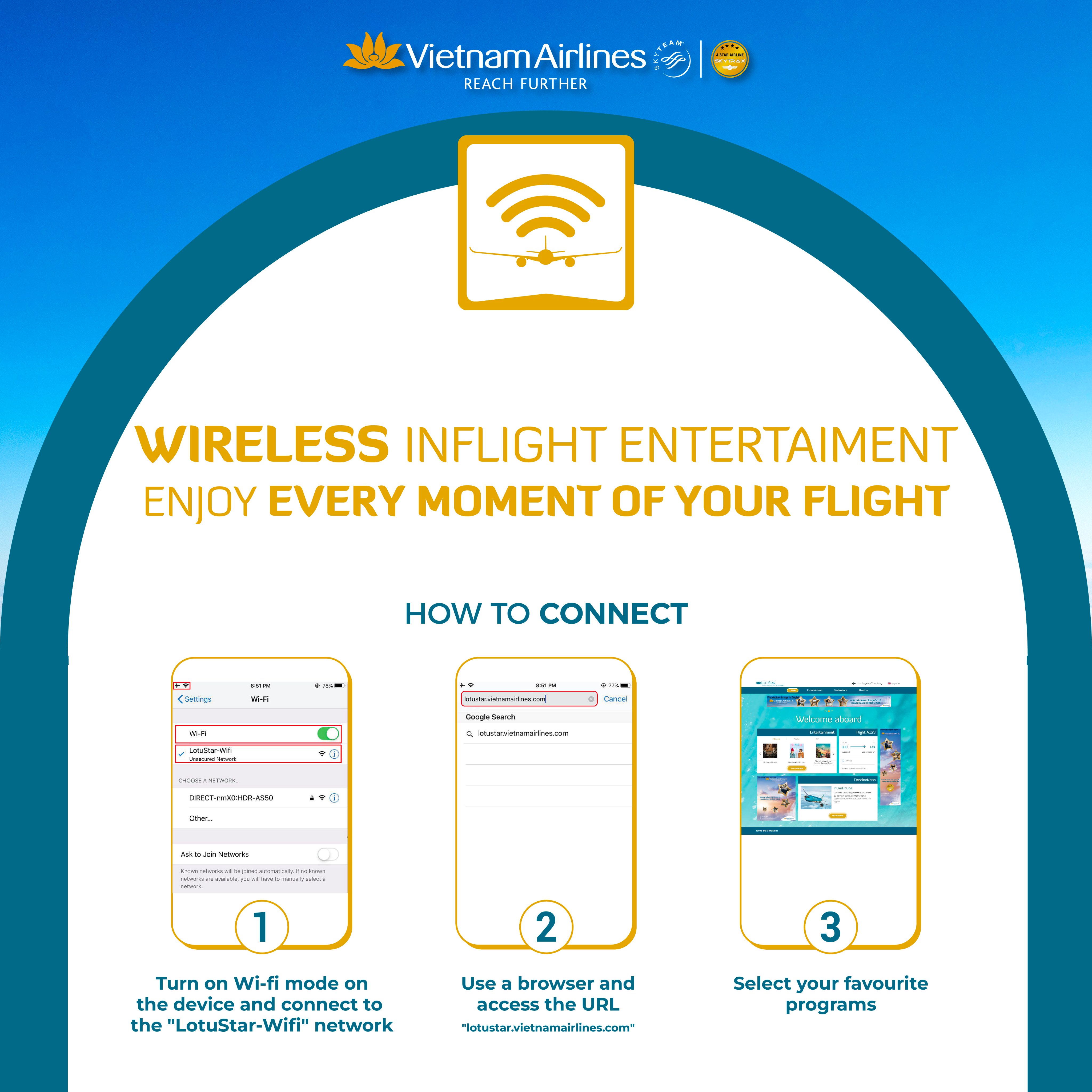
Why Public Wi-Fi on Flights and in Airports Is Risky
Airlines and airports often provide free or paid Wi-Fi to keep passengers connected—but most travelers don't realize just how insecure these networks are.
1. Open Networks Lack Encryption
Most public Wi-Fi networks, including those on planes, lack proper encryption. This means that any data you send over the connection—emails, passwords, credit card numbers—can potentially be intercepted by malicious users.
2. Man-in-the-Middle Attacks
A common threat on public networks is the "man-in-the-middle" (MITM) attack. In this scenario, a hacker secretly relays and possibly alters communication between you and the websites you’re visiting. Without a VPN, it’s difficult to know if your data is being intercepted in real time.
3. Fake Wi-Fi Networks
Cybercriminals sometimes create fake Wi-Fi networks in public areas that mimic legitimate ones, like “Airport_Free_WiFi” or “Airline_WiFi.” Connecting to one of these traps could result in your data being stolen within seconds.
With a VPN, however, your data remains encrypted and unreadable—even if you accidentally connect to a rogue or compromised network.
Key Benefits of Using a VPN While Flying
1. Secures Personal and Financial Information
Perhaps the most important reason to use a VPN while flying is to protect sensitive information. Whether you're entering passwords, accessing cloud storage, or making online purchases, a VPN encrypts your connection and prevents unauthorized access.
2. Allows Access to Geo-Restricted Content
Many travelers are surprised when they can't access their favorite streaming platforms, websites, or services while abroad. Content restrictions based on geographic location are common, especially for video streaming, news outlets, or even banking websites.
Using a VPN enables you to appear as though you're browsing from another country. Once you understand how to change VPN location in your app or settings, you can regain access to the content you rely on back home. This is especially useful when trying to stream movies during long flights or accessing work-related services that are restricted to your home region.
3. Protects Business Data
Business travelers often work on sensitive company materials while in transit. Sending confidential documents, logging into remote servers, or participating in virtual meetings on unsecured networks poses a real security threat. A VPN adds a critical layer of protection to ensure corporate data remains secure.
4. Prevents Tracking and Surveillance
Many public networks track users for advertising purposes. Worse yet, some governments and service providers may monitor online activity. A VPN masks your IP address and encrypts your traffic, making it much more difficult for anyone to track your online behavior while you’re in the air.
How to Choose the Right VPN for Travel
With dozens of VPN services available, it’s important to choose one that’s reliable, secure, and optimized for travel. Here are key features to look for:
● Strong encryption (e.g., AES-256) for maximum security
● No-logs policy, meaning the VPN doesn’t store your data
● Fast, stable connections to support streaming and video calls
● Multiple server locations so you can change your virtual location as needed
● User-friendly apps for mobile and desktop
● Multi-device support, covering your phone, laptop, and tablet simultaneously
Some VPN providers also include features like automatic connection when joining unsecured networks—a helpful tool for frequent flyers.
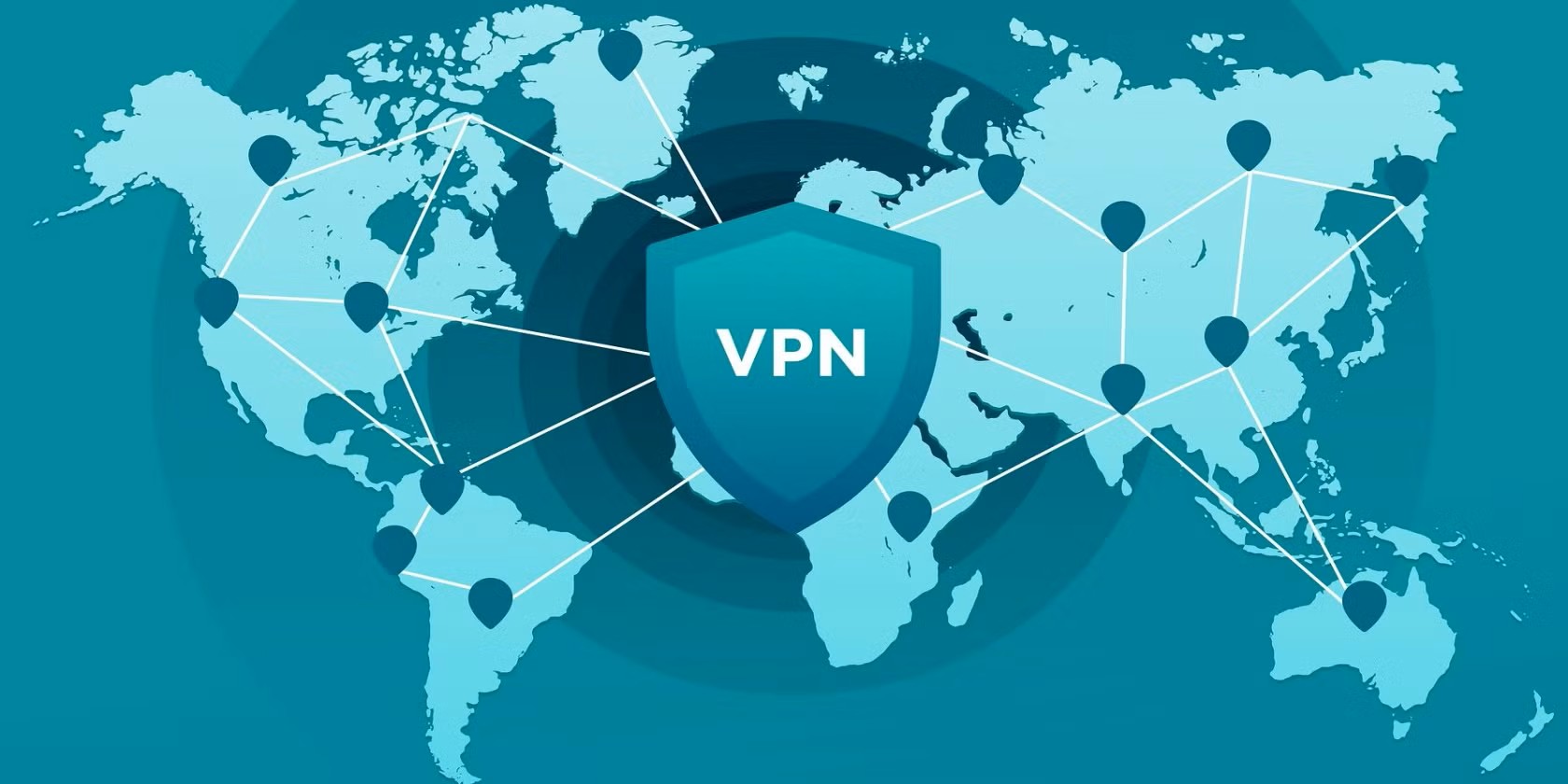
Using a VPN Mid-Flight: What to Expect
Airplane Wi-Fi, while slower than ground connections, can still support VPN use. Before boarding, make sure your VPN app is installed and configured properly. Once you’re connected to the inflight Wi-Fi, activate your VPN. Most apps allow you to choose a server location or use a default.
Be aware that some airlines or Wi-Fi providers might throttle VPN traffic or block certain services. In these cases, switching to another VPN server or changing protocols (such as switching from OpenVPN to WireGuard) can help re-establish a stable connection.
How to Change VPN Location While Traveling
Changing your VPN location is a simple but powerful feature for travelers. Most VPN apps offer an intuitive server list that lets you pick a country or even a specific city. This feature can be used to:
● Access region-specific streaming libraries (e.g., Netflix US, BBC iPlayer)
● Use banking or government services restricted to your home country
● Get around regional censorship in certain countries
Understanding how to change VPN location is as easy as opening your VPN app, browsing the server list, and clicking on your preferred destination. Some VPNs even recommend the fastest or most stable server for your current needs.
Additional Tips for Staying Secure While Flying
While a VPN is a major security asset, there are other precautions travelers should consider:
● Keep devices updated: Make sure your operating system, apps, and antivirus software are current before you travel.
● Use strong, unique passwords: And consider a password manager for convenience.
● Disable automatic Wi-Fi connections: This prevents your device from joining suspicious networks automatically.
● Turn off file sharing and AirDrop: Especially in public or crowded spaces.
Combining these habits with VPN usage ensures a much safer online experience while traveling.
Final Thoughts
In the digital age, traveling without a VPN is like checking your bags without a lock. Whether you’re sending a quick email, accessing sensitive business files, or simply watching your favorite show mid-flight, a VPN shields your data from the risks that come with unsecured networks.
Understanding how to change VPN location can also enhance your digital flexibility, allowing you to bypass restrictions, save money on bookings, and stay connected to the content you love—no matter where you fly.
For frequent flyers and occasional vacationers alike, a reliable VPN is no longer a luxury—it’s a necessity. Before your next trip, take a few minutes to set up your VPN. It could be the most important travel tool you pack.
Get the latest news and updates straight to your inbox
No spam, no hassle, no fuss, just airline news direct to you.
By joining our newsletter, you agree to our Privacy Policy
Find us on social media
Comments
No comments yet, be the first to write one.
